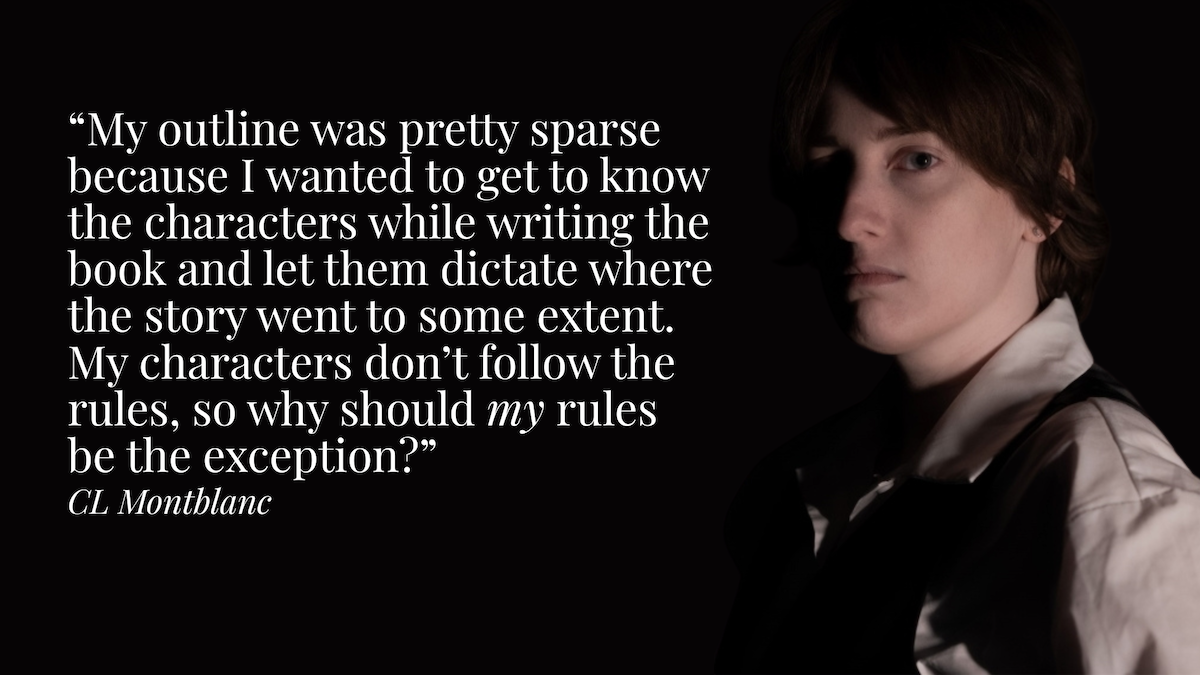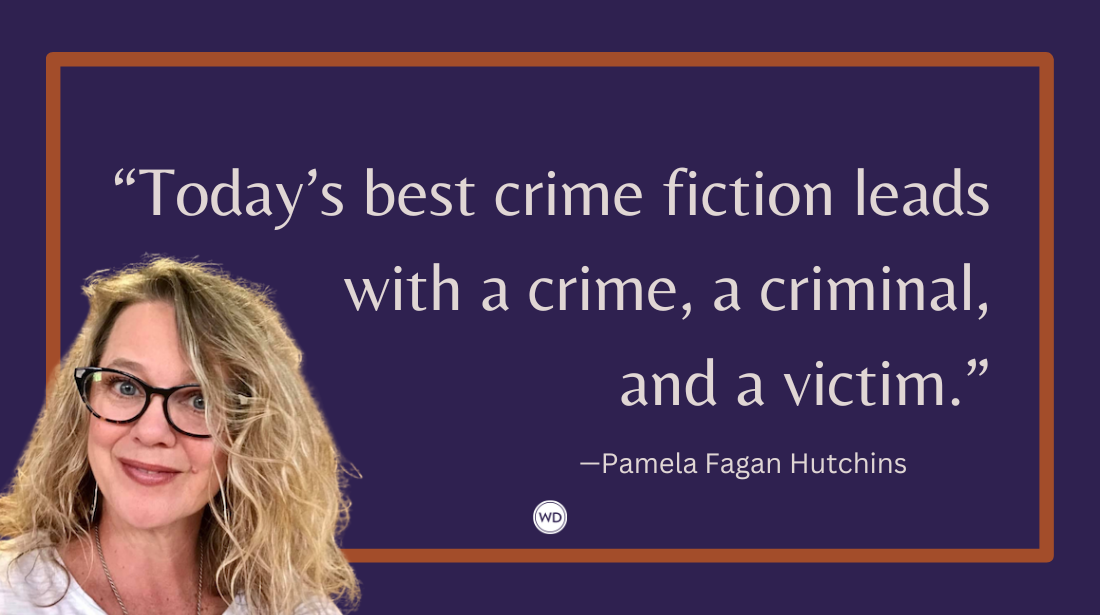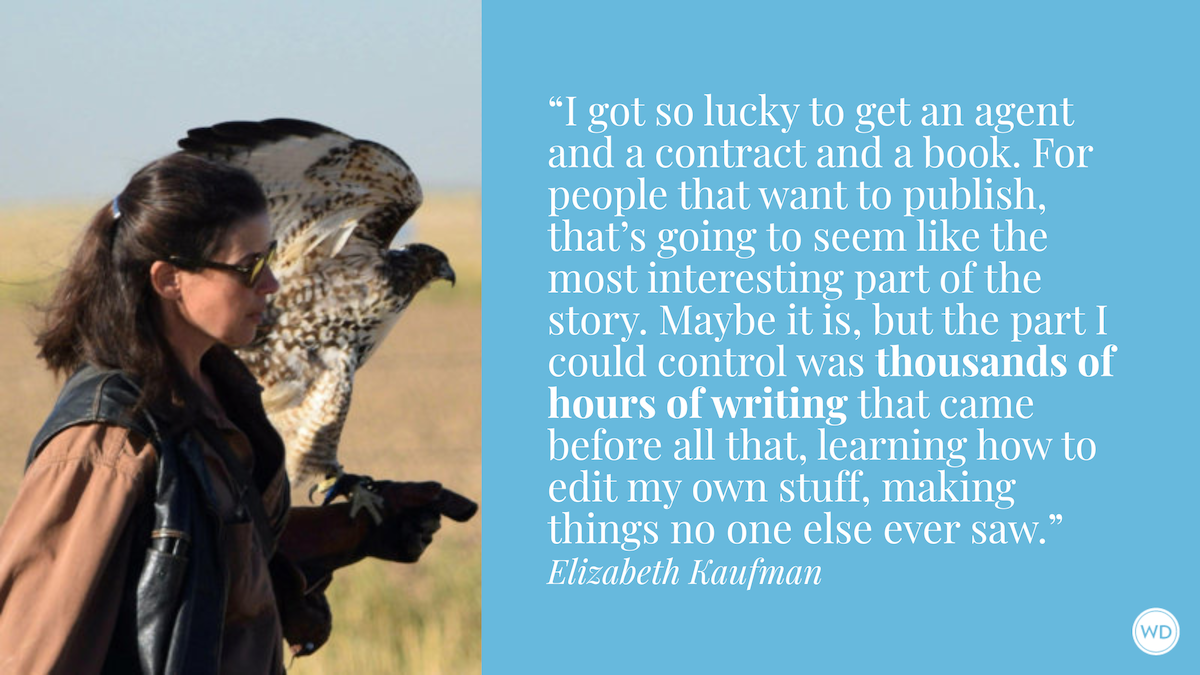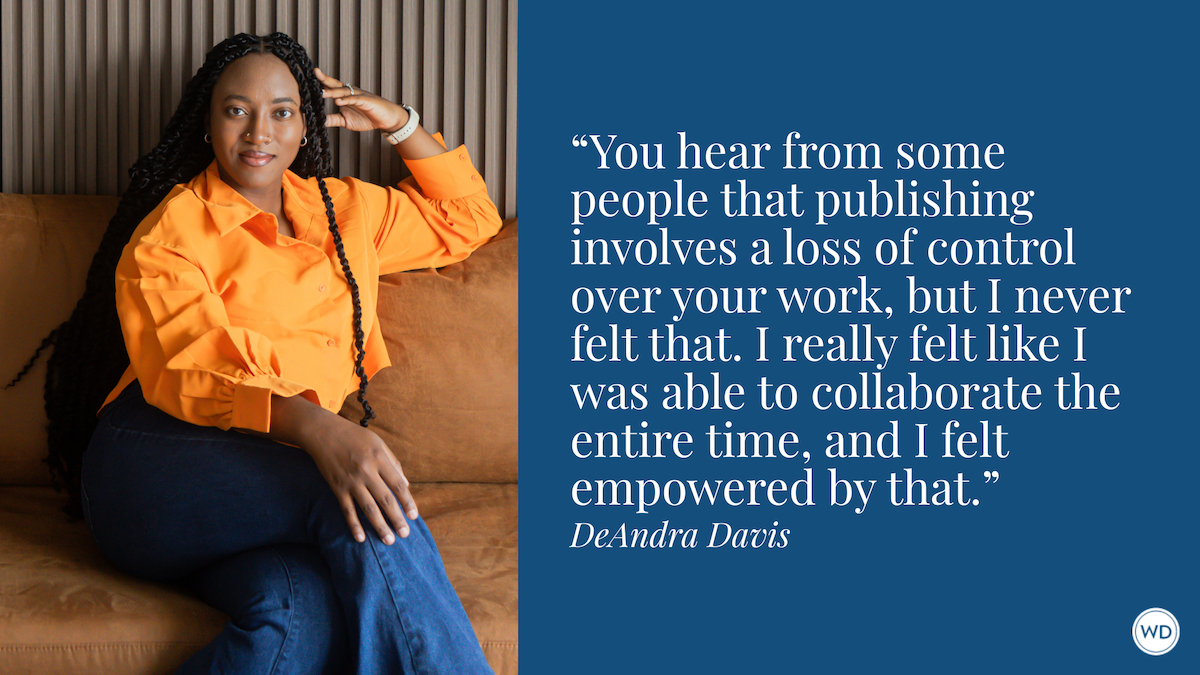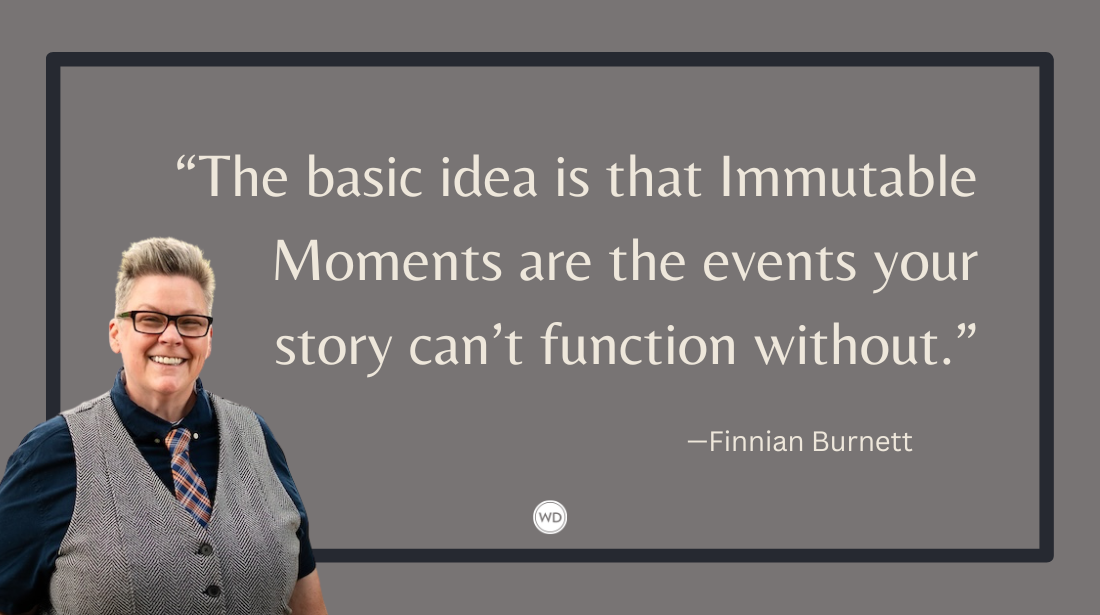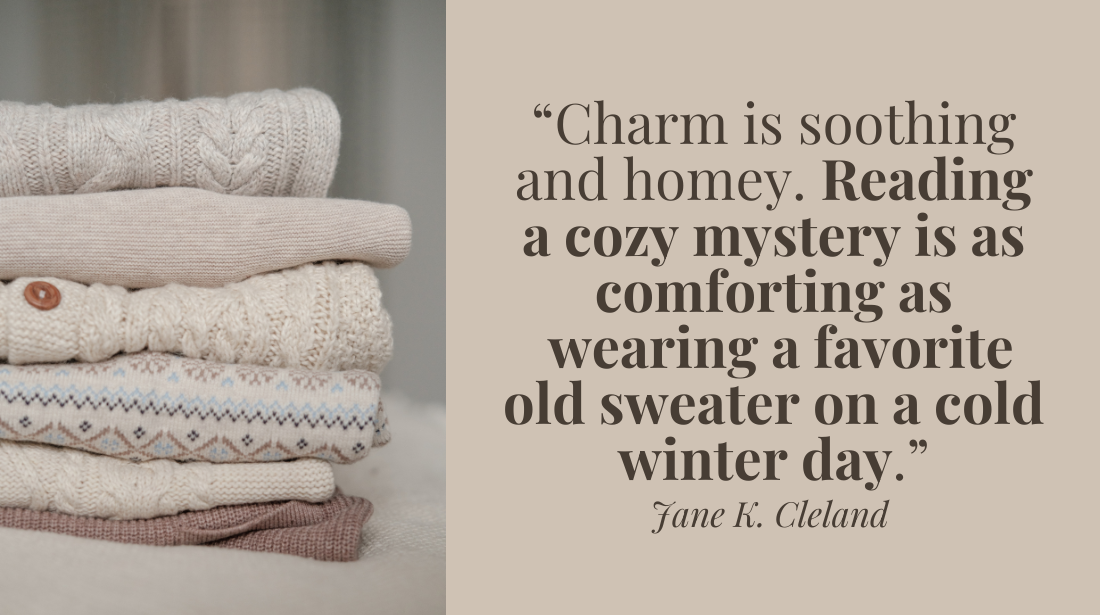Quite the Character: Writing New York in My Novels
Setting has the ability to resonate with readers in the same way that characters do. Here, author Stephanie Gangi discusses her experience writing New York in her novels.
In the opening chapter of Carry the Dog, Bea Seger can’t sleep in the city that never sleeps. She is haunted by dark memories accompanied by a middle-of-the-night soundtrack outside her upper west side window: tidal traffic, random screamers, squealing bus brakes, sirens. Throughout the novel, Bea retreats to her Manhattan fire escape where she finds solace as she watches people living their various lives through their windows. She dog-walks at all hours in Riverside Park, meets her younger self in an Irish bar, attempts seduction on a high terrace above Central Park, does a walk of humiliation up Broadway, and ultimately, cycles her way to an older, wiser version of herself by zooming around Manhattan on a Citibike.
New York City pushed its way into my first novel, The Next, through neither plan nor intention. I was a fledgling author and I assumed that, like Dr. Frankenstein, I was giving life to my characters. By the end of the millionth draft, I learned that characters give themselves life, often in unexpected ways. I realized that Manhattan had asserted itself as a character when more than one reviewer called The Next “a love letter” to New York. I was chuffed, but also surprised. I went back to the pages and yes, I guess so. The city, like Mary Shelley’s tender monster, is alive.
I do love New York. I was born here and I’ve only ever lived here. I went through the state university system, owned a small business on a Soho corner, walked home to a loft in Tribeca, raised my kids up north on the Hudson River, and retreated back to the safety of Manhattan after my marriage ended. When I was a kid out on Long Island, I saw “the City” first through novels like Louise Fitzhugh’s Harriet the Spy, It’s Like This Cat by Emily Cheny Neville, and A Tree Grows in Brooklyn by Betty Smith. A few years later, I purloined books from my mother (as does Bea): The Group by Mary McCarthy; any and all Jackie Susann, starting with Valley of the Dolls; The Best of Everything by Rona Jaffee. In high school I fell in love with a darker New York through The Bell Jar by Sylvia Plath; all of J.D. Salinger; Rosemary’s Baby by Ira Levin and Mario Puzo’s The Godfather. My first job was in the city as a lowly assistant at Simon & Schuster on Avenue of the Americas (locals call it Sixth Avenue, by the way). The Algonquin Hotel, famed literary salon, was a few blocks away. I remember once waiting for a friend at a small table in the lobby, reading the New Yorker, sipping a cocktail, privately astonished at my own damned self. (I can’t help but point out the obvious: Carry the Dog is published by Algonquin Books!)
IndieBound | Bookshop | Amazon
[WD uses affiliate links.]
Movies, way too numerous to cite, gave the New York stories irresistible visuals. One in particular is formative: The World of Henry Orient, about two lovestruck teenaged girls stalking a concert pianist (played to perfection by Peter Sellers) across technicolor Manhattan in the swinging 1960s. The movie is from the novel by Nora Johnson, based on her own girlhood crush on Tony Bennett, who may have left his heart in San Francisco but was born in Long Island City. More movie talk would completely dominate this essay, so I’ll conclude with: Sidney Lumet, Martin Scorcese, and Spike Lee.
The heart of Carry the Dog beats with my love of rock and roll and photography. I’ve always been interested in the way the two grew up together; and I grew up with them too during the wonder years, and now, we have gotten older together. New York, of course, is a polestar for both rock music and photography, and the novel shouts out signifiers of both scenes: the New York Dolls, Lou Reed, the Bowery Ballroom, Mandolin Brothers on Staten Island, and three hours north of Manhattan, Woodstock; iconic NYC photographers Berenice Abbott, after whom Bea is named, Weegee and Diane Arbus, and Robert Mapplethorpe. The title of the book comes from a (fictional) photograph taken in Times Square. There’s more, but I’m in danger of giving too much away!
Contrary to media myths, living here provides a haven, admittedly a chaotic one. The wild human mix, the cacophony, the endless micro-aggressions, the grime and grit, the specific street etiquette, infinite kindnesses from strangers, the careening energies, it all forms a vortex-cocoon. Inside the vortex-cocoon you can engage or hide away, participate or stay invisible, be yourself or cross the street and be somebody else. Once you choose your direction, you navigate, you course-correct. Bea steps into the city’s spin, where she merges and yields, adjusts her speed, shifts and drifts close to or away from others; meantime, the immutable past, the unpredictable present, and the unfathomable future all breathe down her neck. Upheaval, loss, change—it’s a given. Take a walk, check out the storefronts, count the number of times this café became that clothing store and then a drugstore, and is now a café again. Bea faces the inevitability of change, the disappointments of a lifetime, the heroic effort required to let go when it is time to let go. She learns, quite simply, to keep going. When her momentum flags, her life as a New Yorker helps restore it.
I’ve been here throughout the pandemic, I can confirm it: the city provides an excellent role model of resilience.
Stephanie Gangi is a poet, novelist, short story writer, and essayist living and writing in New York City. Her debut novel, The Next, was published by St. Martin’s Press and her second, Carry the Dog, is published by Algonquin Books. Gangi’s work has appeared in, among others, Arts & Letters, Catapult, Electric Literature, Hippocrates Poetry Anthology, LitHub, McSweeney’s, New Ohio Review, Next Tribe, and The Woolfer. She’s working on her third novel, The Good Provider.



